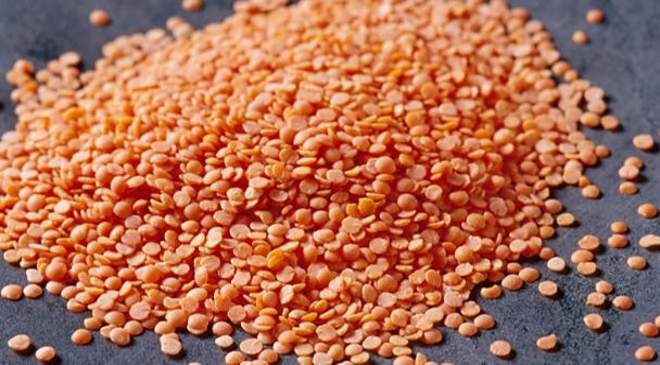Retail inflation in pulses may remain elevated till at least May, before easing up on account of the setting in of a high-base effect, trade source say.
While there are concerns about the production of pulses in rabi season due to 5% annual fall in area, the supplies are expected to improve with kharif harvest, and liberal imports. A bad monsoon could however upset the calculations, and keep prices high for longer period, the sources said.
Officials said that the government is keeping a close watch on pulses prices. It is aiming to protect farmers as well as consumer interests through retail interventions as well as direct purchase of pulses from farmers at market prices.
The retail inflation in pulses rose to a record 20.73% in December, 2023 had been ruling high since June, 2023 when prices rose by 10.5% on year. Inflation in arhar variety of pulses reported a price rise of 42% last month. Prices of other varieties of pulses – moong (13.09%), gram (13.75%) and Urad (13.29%) also rose last month.
“From June onwards, there would be a decline in inflation in pulses because of a high base effect,” Nitin Kalantri, managing director, Kalantry Food Products, a Latur, Maharashtra-based pulses processor, stated.
The mandi prices of tur dal on Thursday at Latur, Maharashtra, the hub of the trade, was ruling around Rs 9,400 /quintal against the minimum support price (MSP) of Rs 7,000/quintal for the 2023-24 season (July-June). The government has launched direct purchase of tur dal from farmers at market rate to boost buffer.
Read More: IndusInd Bank Q3 Net Profit Rises 17% to Rs 2,301 Crore
The arrival of tur crops is expected to pick up in next one week while prices are expected to remain above the MSP. Area under rabi pulses – chana, lentils and urad this season have been 5% below the last year level at 15.23 million hectare (MH). In case of chana, which is sown in 10.19 MH this year has been 6.4% below last year levels. Sowing of lentils, which India imports heavily, has been up at 1.94 mh, 5% higher on year.
According to NCDEX spot prices, chana prices Rs 5687/quintal at Bikaner, Rajasthan against MSP of Rs 5335/quintal for 2023-24 marketing season. Prices are expected to be around MSP level for the season while the government has been selling highly subsidized chana under Bharat Dal at Rs 60/kg while selling its buffer stock in the market.
“The month of December saw a decline in pulses prices, primarily due to lower demand for processed pulses and the opening of Yellow peas Import,” Harsha Rai , Head, Mayur Global Corporation, leading pulses trading firm, said
To boost domestic supplies, last month, the government announced duty-free imports of yellow peas until March 31, 2024 to cool prices of pulses. Yellow peas are largely a substitute for chana.
Trade sources said that yellow peas of around 0.13 MT have been imported mostly from Russia and by the end of the current fiscal, another 0. 5 MT of pulses could be imported to augment domestic supplies.
In 2023, India imported 2.28 MT of pulses – 1.08 MT (lentil), 0.77 MT (tur or pigeon pea) and 0.42 MT (urad or black gram) mostly from Australia, Canada, Myanmar, Mozambique, Tanzania, Sudan and Malawi.
Also Read– Aadhaar Cannot Be Used For THIS Purpose, EPFO Removes It From Document List
To deal with the possibility of spike in prices, the government has extended duty free imports of tur, urad and lentil till March 31, 2025, India imports about 15% of its domestic consumption of pulses while total pulses output in 2022-23 crop year was estimated at 26 MT and the government is targeting to increase pulses production to 29 MT in 2023-24 crop year.





































